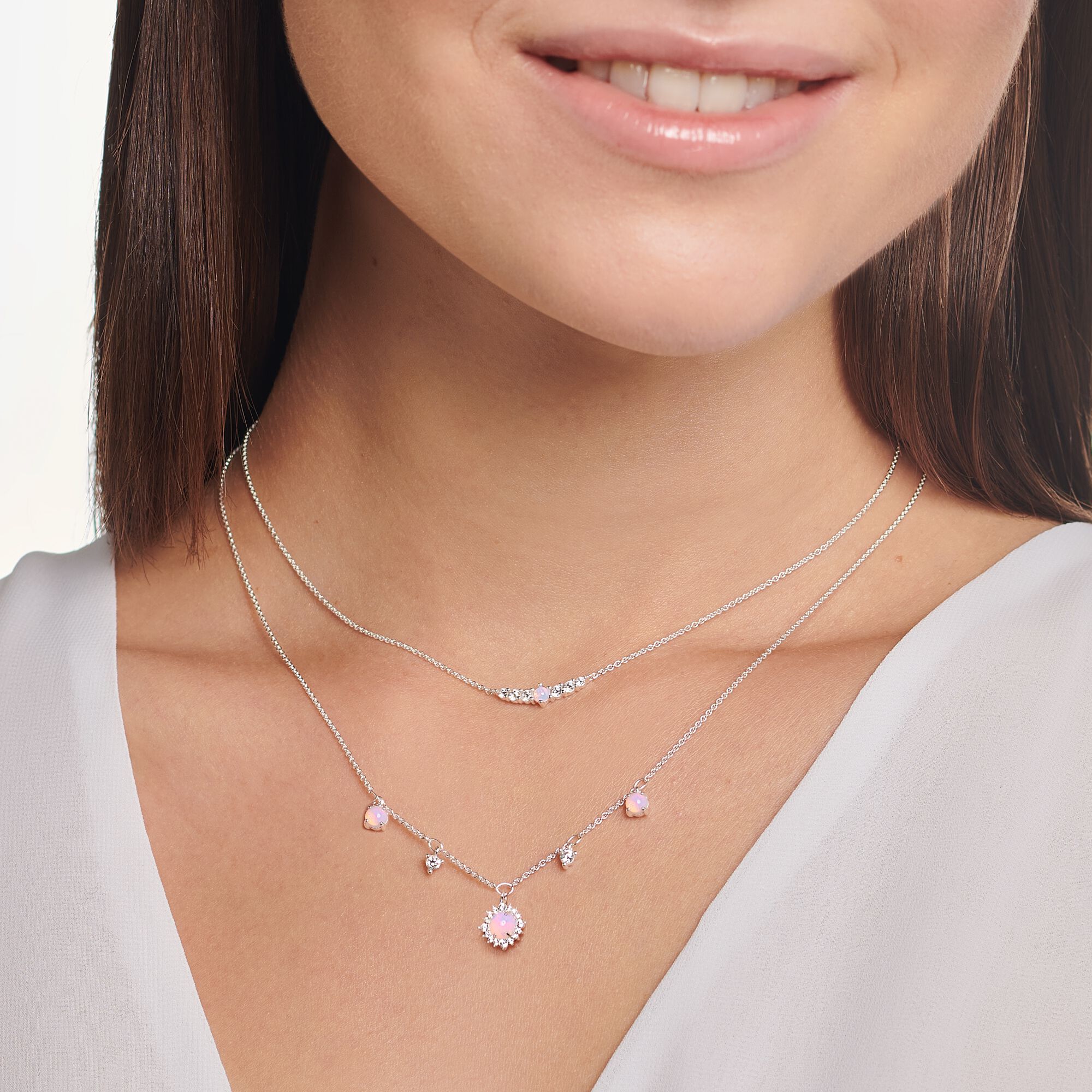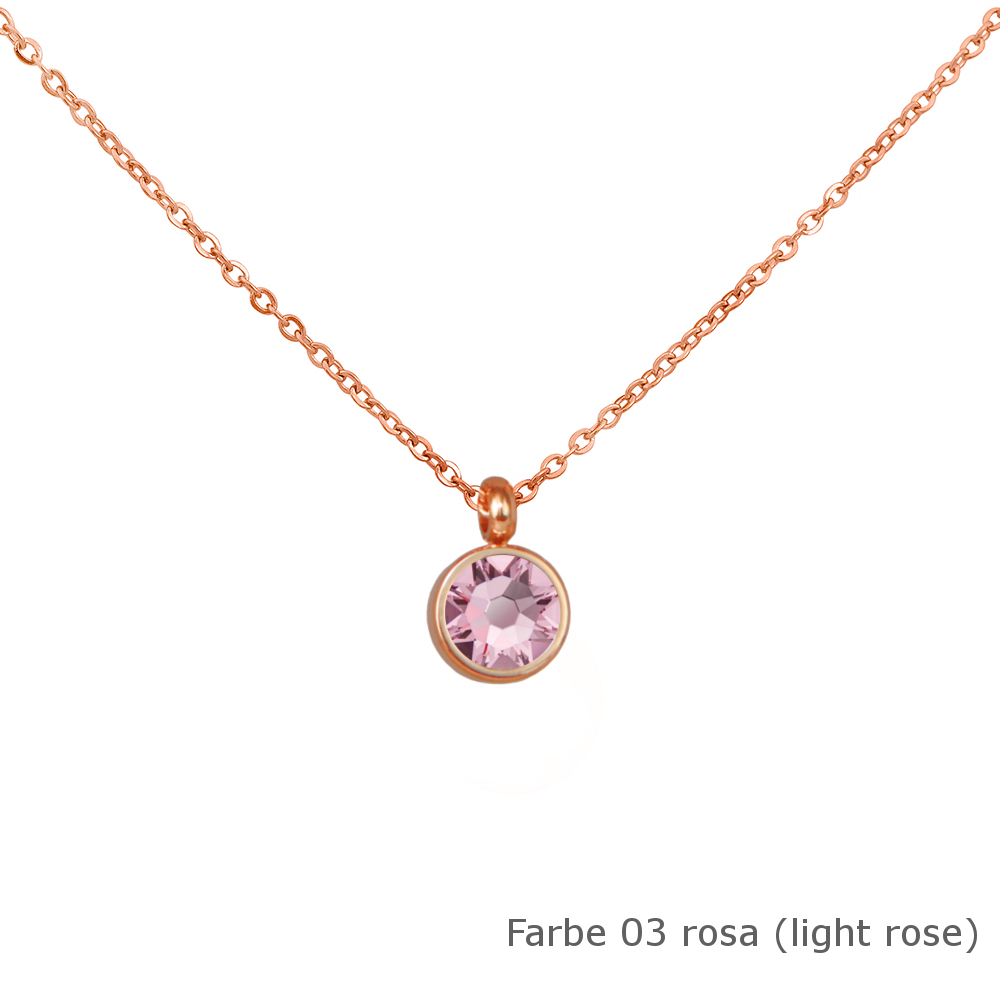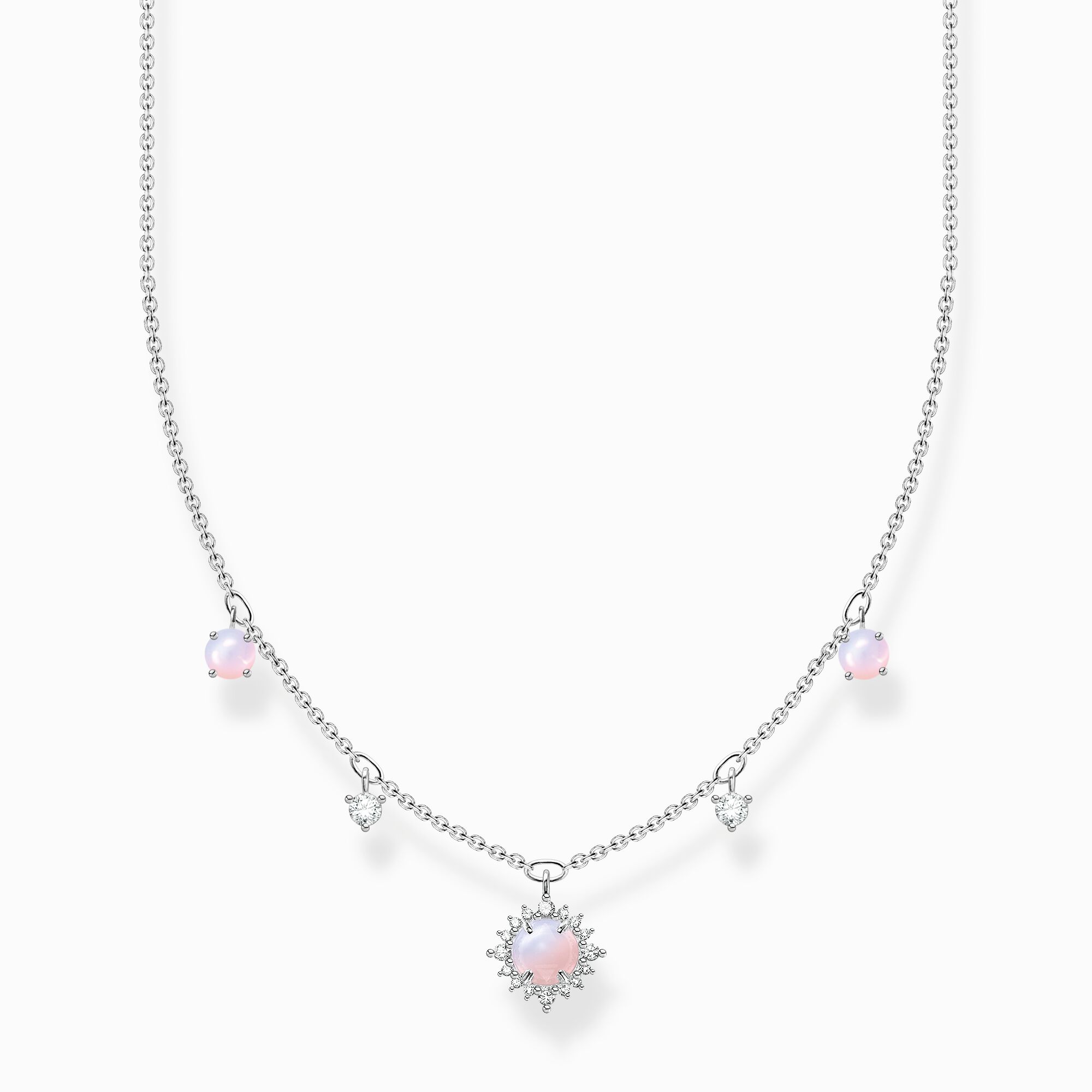
LÖB Kette mit Anhänger Kette Silber mit Herz Kristall Anhänger Pink Rosa, Silberkette mit pinkem Herz Anhänger Strass Glitzer Kristall Stein Herzanhänger Herzstein Herzen Damenkette Herzkette Ich Liebe Dich Rosa Geschenke Für

Halskette Herz | Kristall ( Rosa ) | 925er Sterling Silber | Halsketten mit Stein | Halsketten | Damen | | JULIE & GRACE

Thomas Sabo Kette Opal-Farbeffekt Rosa schimmernd (KE1952-699-7-L45V) ab 89,00 € | Preisvergleich bei idealo.de

LOTUS SILVER Silberkette Lotus Silver Stein Halskette, Damen Kette Stein aus 925 Sterling Silber, silber, rosa

Stein Design Saar - Achat Edelsteinkette, ovale Steine aus Achat bilden bei diesem Modell zusammen mit den Goldfarben der Zwischenteilen ein wunderschönes Arrangement

Moderne, schlichte Braut-Kette in Roségold mit Stein in Rosa und Stern-Anhänger – Schleifenfänger Shop

MYA art Damen Halskette Kette 925 Silber Anhänger mit Rosa Opal Swarovski Elements Strass Kristall Stein Rosegold Vergoldet Rose Gold MYASIKET-34 : Amazon.de: Fashion


















